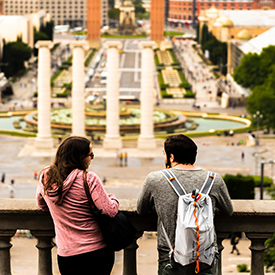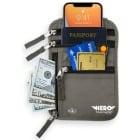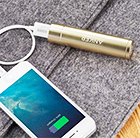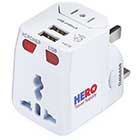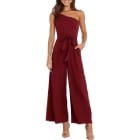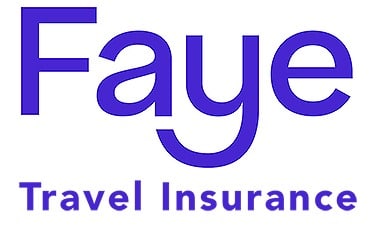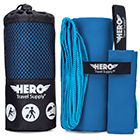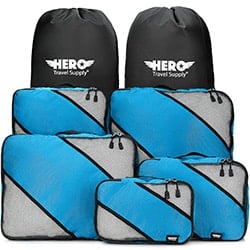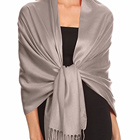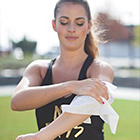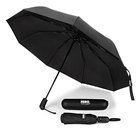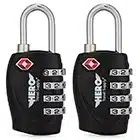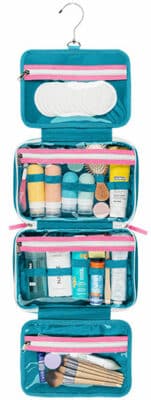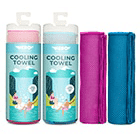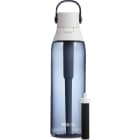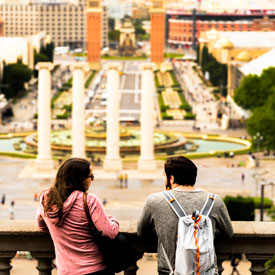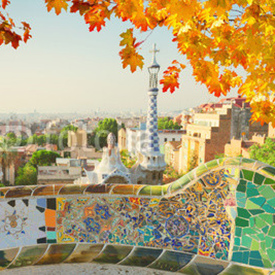Exploring Gaudí on Foot – Antoni Gaudí was a world-famous architect known for his very creative and eclectic work. He designed seven properties in Barcelona including Parque Güell, Palacio Güell, Casa Mila, Casa Vicens, the Nativity and Crypt of La Sagrada Familia, Casa Batlló, and Crypt in Colonia Güell. One of the best things to do in Barcelona is to go on a walking tour to see the city and some of Gaudi’s work. Running Bean Tours offers free walking tours of the city where you can choose between seeing Gaudi’s work or the Gothic Quarter. When it comes to what to wear for a day of city exploring, make sure to pack comfortable shoes as the tour involves walking around the city for 2.5 hours. Also, bring a jacket if it’s any season other than summer, and in the fall and spring, you will need an umbrella.
A Night of Tapas – Tapas are small plates of food that are a great way to sample a variety of local dishes in Barcelona. Some of the best spots to go for tapas include Quimet y Quimet, La Esquinica, L’Òstia, and La Xula Taperia. Locals enjoy dressing up in the evening so for a night of tapas and sangria, men should bring some stylish and well-tailored clothes. Women should pack some nice dresses along with some makeup, jewelry, and nice shoes. It’s also a good idea to bring a shawl in case it gets cooler in the evening.
Beaches – There are several great beaches in Barcelona with easy access to ones further away thanks to the metro system. Barcelona Beach, Nova Icaria, Bogatella, and the nudist beach Mar Bella are just a few popular choices. This is the only place where you will see locals wearing shorts. Bikinis are the most popular choice for swimwear. Many restaurants are located on the beach or nearby, so pack a cover-up for when you want to pop into a restaurant for a quick lunch without having to change. The weather is very hot in the summer so make sure to bring some sunscreen, a hat, and sunglasses.
La Sagrada Família – La Sagrada Família may be one of the most famous temples in the world and is an internationally recognized symbol of Barcelona. This medieval cathedral started being built in 1882 and still is yet to be finished! If you visit this sacred space, make sure to wear tops that cover the shoulders. Avoid tank tops, crop tops, and anything with a plunging neckline. It’s recommended to wear pants but skirts can be worn as long as they come down to the mid-thigh.




